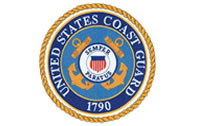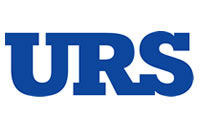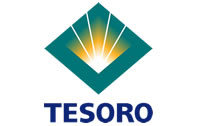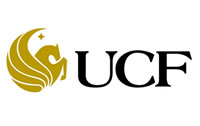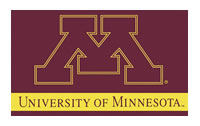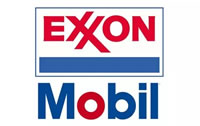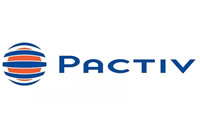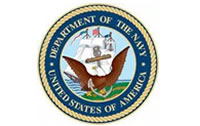A bad system will defeat good leaders, so create a structure that supports success
By Tom Moriarty for Plant Services Magazine
Plant Services, October 23, 2018
Every organization can improve in some way. The first step toward achieving improvement is to identify where the opportunities are. The vast majority of organizations have issues that fall into one or more of three general areas: guidance, assets, or execution. Guidance includes objectives, policies, processes, procedures, and measures. Assets are the things that are needed for the organization to deliver products or services: personnel, funding, tools, equipment, utilities, software, raw materials, etc. Execution is the carrying out of guidance with available assets.
The combination of current guidance and current assets creates the requirements that are to be met. Execution is achieved through leadership and is limited by the clarity, quality, and quantity of the objectives, guidance, and assets that are available. Execution also is limited by the organization’s leaders and the leadership development program.
When I perform assessments, I often find ambiguity, gaps, and overlaps to be the biggest problems. Sometimes the organizational objectives are not uniformly understood. Guidance ambiguity results when policies, processes, or procedures are not sufficiently detailed. Guidance gaps occur when there is no guidance to cover important decisions or activities. Guidance overlaps happen when one objective, policy, process, or procedure is in conflict with another.
There may be ambiguity, gaps, and overlaps in the assets, too. Asset ambiguity occurs when the assets that are needed are not clearly stated. Asset gaps happen when guidance identifies needed assets, but those assets are not available. Overlaps happen when there is more demand for assets than there are assets available.
When objectives, guidance, and assets have deficiencies, supervisors and managers will not have the foundational elements they need to succeed. All organizations should have a system in place to create or update their objectives, guidance, and assets. The system needs to address:
- New requirements – when a new need or objective is identified and evaluated. Changes to organizational objectives may be considered, or there may be a need to increase capacity, leverage a new technology, or initiate a new product or service. Any potential new requirement needs to be assessed for suitability and defined so that possible changes in guidance and assets can be approved or rejected.
- Day-to-day activities – execution of current requirements. Each organizational function will have its own day-to-day activities encompassing operations, maintenance, procurement, sales and marketing, etc. Each will have guidance that informs everyone as to what is to be done with the assets required to carry out guidance as defined. Leaders then execute on current requirements and generate data. The data is used to assess results and define improvements.
- Improved requirements – the continuous improvement loop. Interestingly, the new requirements and improved requirements activities involve essentially the same process. The difference is that new requirements tend to be driven from outside the organization, while requirement improvements tend to come from inside the organization (prompted by data generated in day-to-day activities).
To diagnose organizational problems, start by examining day-to-day activities. Determine whether there are issues with objectives and whether ambiguities, gaps, or overlaps in guidance or assets exist. If there are problems in guidance or assets, it’s likely that the system for considering and implementing new or improved requirements is ineffective. An effective system typically will incorporate a standardized method for flow-charting, RACI tables, and a narrative description of each process or procedure.
A second area to improve is the leadership capabilities of individual leaders. Each organization should have a leadership development program, not just leadership skills training. Leaders need to know how to allocate the right amounts of time to technical and administrative work as well as to coaching, systems thinking, and future planning. Leaders must understand leadership attributes: They need to be consistent, attentive, respectful, motivational, and assertive.
Leaders need objectives, guidance, and assets to properly execute. Ambiguity, gaps, and overlaps stymie execution; insufficient leadership development can be a barrier, too.
Contact Tom to ask about the two-day Productive Leadership Workshop; [email protected] or (321) 961-4306.



